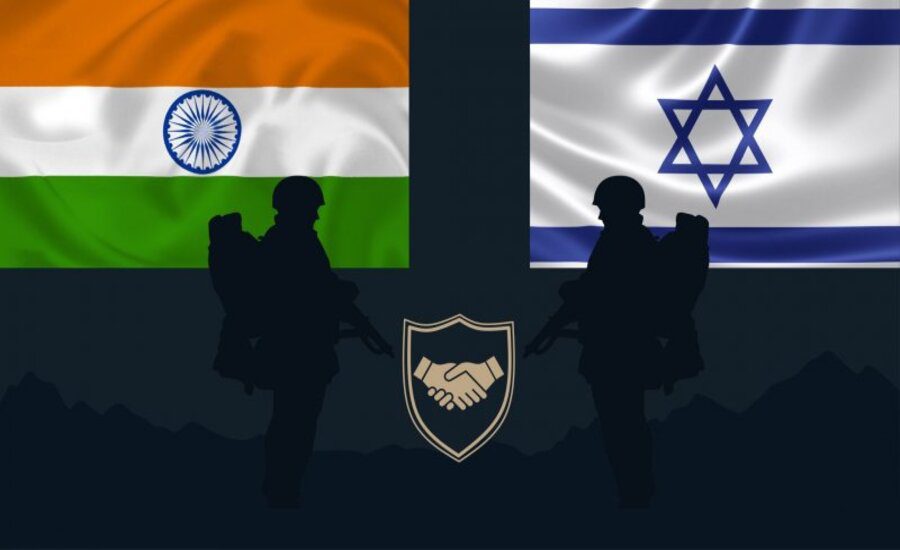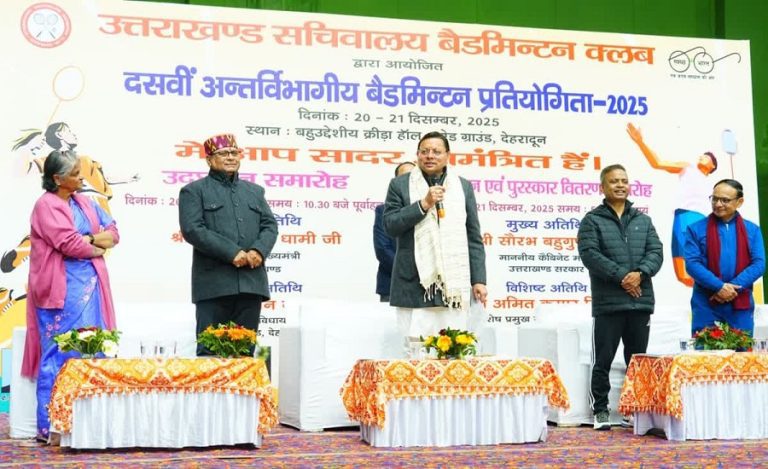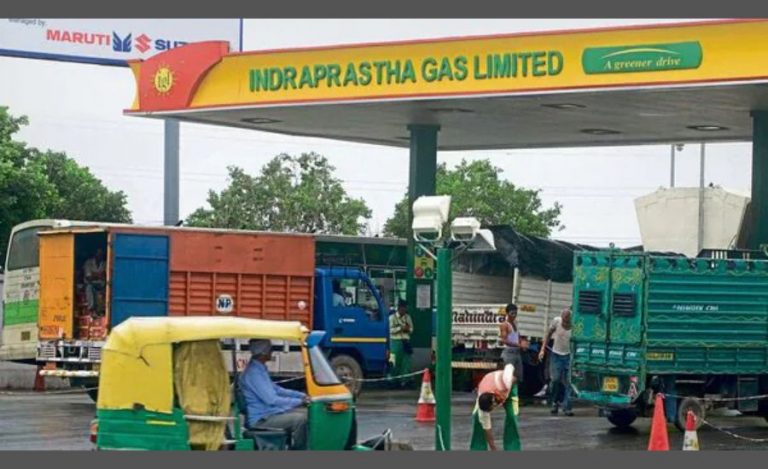New Delhi: India’s defence landscape has just taken a dramatic turn. The Ministry of Defence (MoD) has successfully secured full technology transfer from Israel for two state-of-the-art missile systems: the Air Lora missile (a quasi-ballistic missile) and the Ice Breaker missile (a smart cruise missile).
This development opens the door for Indian industry to build these weapons indigenously under the “Atmanirbhar Bharat” drive.
Background of the Air Lora Ice Breaker Tech Transfer Deal
India’s defence imports have long included high-tech weapons. But the shift now is from “import” to “in-country manufacture”.
A secret Indian delegation visited Israel to lay the groundwork for manufacturing of Air Lora and Ice Breaker on Indian soil.
By securing design know-how, system architecture, seeker integration and full manufacturing rights, India moves closer to becoming a weapon-exporter, not just a buyer.
The move is timely because tensions at India’s borders — both with China and Pakistan — have underlined the need for advanced, long-range, precision weapons.
What’s the Air Lora Ice Breaker Tech Transfer Deal?
The agreement gives India “complete transfer of missile technology” for both missile types — meaning Indian firms can build them from scratch.
The two key Indian firms mentioned: Bharat Electronics Limited (BEL) and Hindustan Aeronautics Limited (HAL). BEL will handle seekers, electronics, guidance; HAL will integrate systems, manufacture at scale.
This move aligns with India’s broader defence self-reliance strategy and may position India to export these missiles to friendly nations in future.
About the Missiles
Air Lora
- Range: Over 400 km, allowing long-range strike capability.
- Payload: Approx. 570 kg high-explosive warhead.
- Precision: Circular Error Probable (CEP) under 10 metres — very accurate.
- Terrain and trajectory: Quasi-ballistic path, manoeuvres at high altitude, can redirect in-flight targets — harder to intercept.
Ice Breaker
- Role: Smart cruise missile developed by Rafael Advanced Defence Systems (Israel) with AI-enabled target recognition.
- Range: Over 300 km. Weight: Around 400 kg — lighter, can be deployed from smaller aircraft.
- Features: Adaptive flight path, stealth design, works in GPS-denied / jamming-heavy zones.
Importance of Air Lora Ice Breaker Tech Transfer Deal for India
Border pressures: China’s layered air-defence systems along the LAC, Pakistan’s GPS jamming during “Operation Sindoor” in May 2025. India needed missiles that can bypass defences and strike deep.
Self-reliance: Rather than just buying, India is now manufacturing. This means jobs, tech expertise, exports, and strategic autonomy.
Strategic deterrence: With long-range strike weapons, India can target high-value enemy infrastructure without exposing its aircraft to heavy defence zones.
Challenges & Next Steps
Export controls: Israel and India still must finalise terms, licences, local supply chains, and export frameworks.
Production ramp-up: BEL & HAL will need to set up full manufacturing lines, train workforce, manage quality control for world-class missile systems.
Integration and trials: Indian services will need to test these missiles, integrate with platforms, and confirm reliability under operational conditions.
Strategic oversight: The decision will likely go through high-level review such as the Cabinet Committee on Security (CCS).



























